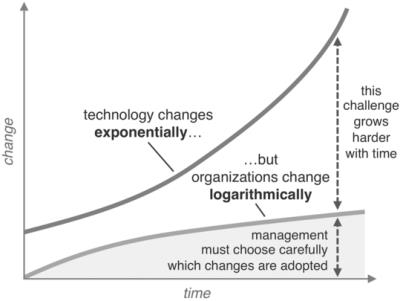The experience of remote working has dramatically spread this year with the pandemics. As soon as the worst was over however, many employers tried to revert back to the previous normal, but many employees actually enjoyed the experience. Cal Newport in this New Yorker column ‘Why Remote Work Is So Hard—and How It Can Be Fixed‘ provides interesting insights.
In this post we learn that the concept of ‘telecommuting’ was actually created in the 1970s to address congestion. But the concept struggled to spread, ““Flexible work” arrangements tend to be seen as a perk; a 2018 survey found that only around three per cent of American employees worked from home more than half of the time.”
“But there were other, entirely legitimate reasons for companies to retreat from [remote work], and they are just as relevant today as they were a decade ago [when Yahoo asked everybody to be back at the office.” The issue is about informal interaction, integration of newcomers into the community, the need for individuals to have interaction. “Face-to-face interactions help people communicate and bond, but that’s only part of their value. The knowledge work pursued in many modern offices—thinking, investigating, synthesizing, writing, planning, organizing, and so on—tends to be fuzzy and disorganized compared to the structured processes of, say, industrial manufacturing.”
Cal Newport continues by seeing the transformation into full remote work being a slow process, and offices – and office time – remaining an important part of everyone’s life in the next decades. Still, there will be more remote work. New personal discipline and habits will need to be introduced, and new collaborative tools and approaches will be perfected as well.
Aligned with Cal Newport views, I observe that during the pandemics some companies commented that remote work would become the new normal, only to relent as soon as restrictions were lifted, most companies seeing only maximum one or two remote days per week being the maximum allowable. Still it will provide knowledge workers with a new rhythm and possibly a new way of living.












